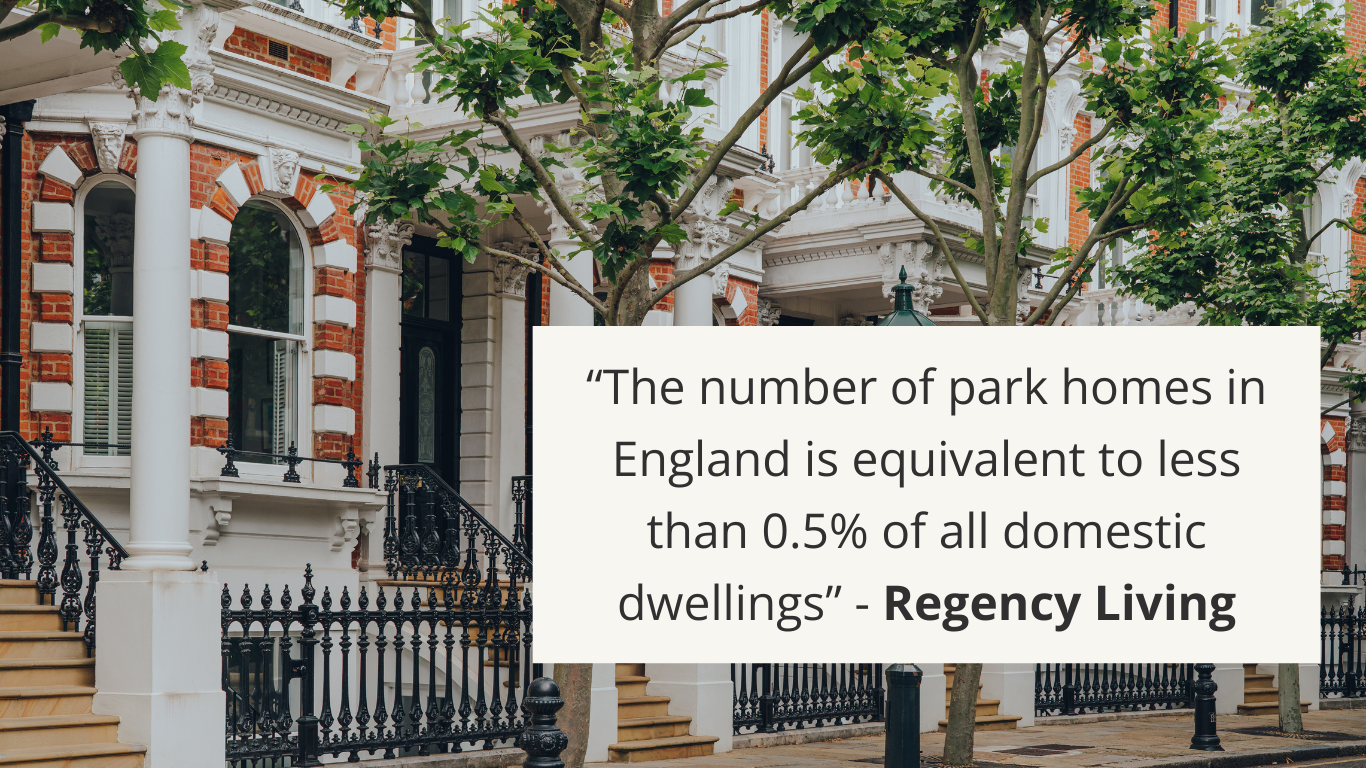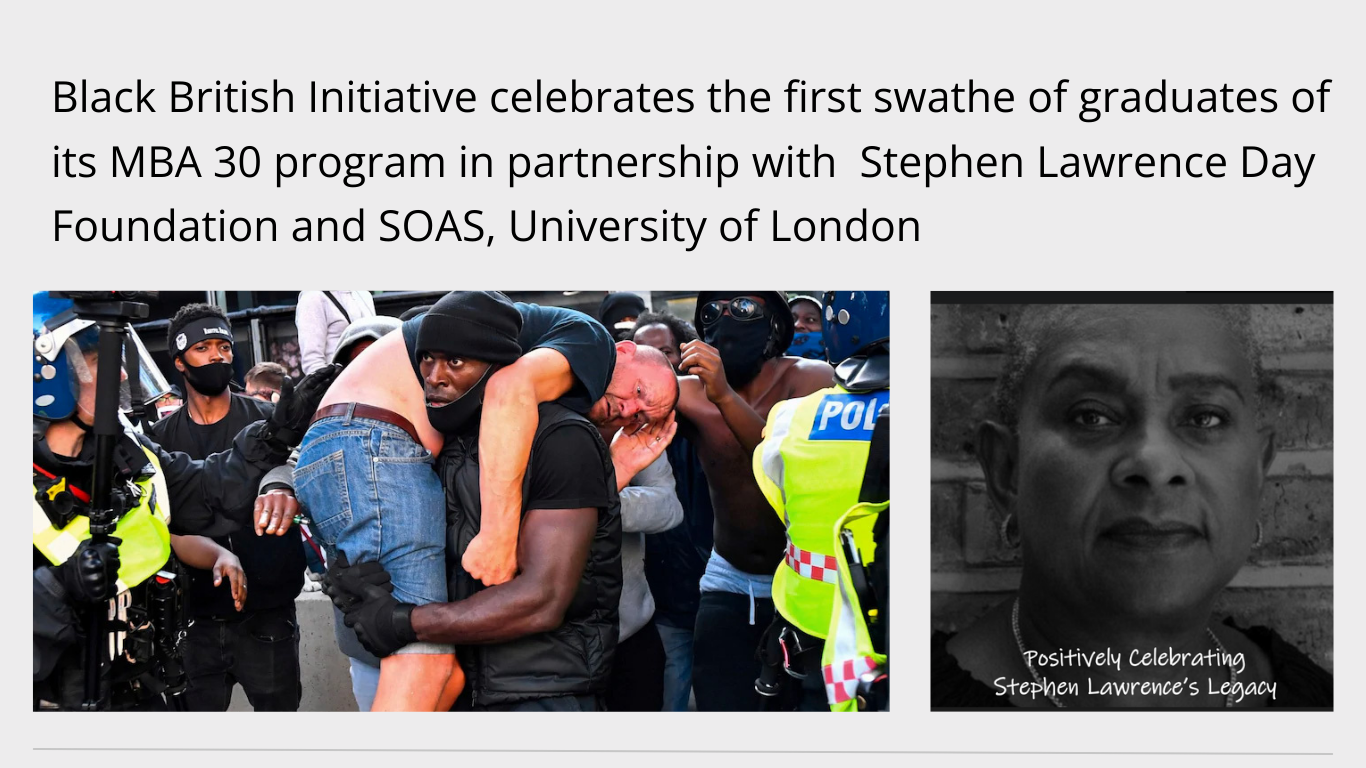 If you are one of those who have been enraged by the number of deaths in the hands of the Police in the US, you may have been demonstrating in one way or the other asking questions. I for one have been particular disturbed by the death of Sandra Bland, Eric Garner and Trayvon Martin. I have searched for answers, I’ve used every means necessary to reach the powers there be, to know why these officers feel so casual with human life. Worst still they get away with it. But what I have uncovered today may have just the answer to that question. According to a just concluded report by Amnesty International that we have obtained, it is obvious that the officers are by law allowed to kill at will. THERE IS NO LAW AGAINST THE POLICE IF HE DECIDES TO KILL ON DUTY.
If you are one of those who have been enraged by the number of deaths in the hands of the Police in the US, you may have been demonstrating in one way or the other asking questions. I for one have been particular disturbed by the death of Sandra Bland, Eric Garner and Trayvon Martin. I have searched for answers, I’ve used every means necessary to reach the powers there be, to know why these officers feel so casual with human life. Worst still they get away with it. But what I have uncovered today may have just the answer to that question. According to a just concluded report by Amnesty International that we have obtained, it is obvious that the officers are by law allowed to kill at will. THERE IS NO LAW AGAINST THE POLICE IF HE DECIDES TO KILL ON DUTY.
This is interesting because, if the officers know it’s in their right to kill to make their work easier and they know that there is no law against them, obviously, that is enough for any officer to get up one day, and target his ‘enemy’ in the guise of carrying out his lawful duties. With this report, I think that activists, demonstrators, victims and Charities may well know exactly where to channel their protests and demand that the government stop deceiving citizens. This is time to focus on the government to enact laws that adequately protects the citizens at the hands of the law enforcement officers. But for now, you want to pray that no Police officer is in the mood to kill when it’s you in their net. Details of Amnesty International report is below. (Please note that the report has not been edited to avoid bias,diluting, exaggerating or misinterpreting the message contained in the report. In another post, we will be publishing UN and International standards on the use of force as recommended by Amnesty International with hope to equip victims and protesters facts to file cases to appropriate places if justice can be sort for these innocent citizens at all.)
On January 16, 2015, President Barack Obama issued Executive Order 13688, “Federal Support for Local Law Enforcement Equipment Acquisition” (EO), to identify actions that can improve federal support for the appropriate use, acquisition, and transfer of controlled equipment by State, local, and Tribal law enforcement agencies (LEAs). On May 18, 2015, President Obama issued an Executive Order banning the federal transfers of certain types of military-style gear to local police departments. While an important step forward, it is important for Congress to also pass legislation to ensure that officers are not equipped in a manner that is more appropriate for a battlefield.
KEY FINDINGS & RECOMMENDATIONS
v The United States has failed to track how many people are killed by law enforcement officers. No-one knows exactly how many people are killed each year but estimates range from 400 to over 1,000.
v African Americans are disproportionately impacted by police killings, according to the limited data available. While blacks represent 13.2 per cent of the US population, they represent 27.6 per cent of the total deaths at the hands of police (6,338) included in the data on violent deaths recorded by the Centre for Disease Control between 1999 and 2013.
v The United States has failed to respect and protect the right to life by failing to ensure that domestic legislation meets international human rights law and standards on the use of lethal force by law enforcement officers.
v All 50 states and Washington, D.C. fail to comply with international law and standards on the use of lethal force by law enforcement officers.
v Nine states and Washington, D.C. have no laws on use of lethal force by law enforcement officers: Maryland; Massachusetts; Michigan; Ohio; South Carolina; Virginia; West Virginia; Wisconsin, Wyoming; and the District of Columbia.
v Thirteen states have laws that do not comply even with the lower standards set by US constitutional law on the use of lethal force by law enforcement officers12 : Alabama; California; Delaware; Florida; Mississippi; Missouri; Montana; New Jersey; New York; Oregon; Rhode Island; South Dakota; and Vermont.
v None of the state statutes require that the use of lethal force may only be used as a last resort with non-violent and less harmful means to be tried first.
v No state limits the use of lethal force to only those situations where there is an imminent threat to life or serious injury to the officer or to others.
v Nine states allow for the use of lethal force to be used to suppress a riot: Arizona; Delaware; Idaho; Mississippi; Nebraska; Pennsylvania; South Dakota; Vermont and Washington.
v Twenty two states allow for law enforcement officers to kill someone trying to escape from a prison or jail: Alabama; Colorado; Delaware; Georgia; Hawaii; Idaho; Indiana; Kentucky; Maine; Mississippi; Montana; Nebraska; New Hampshire; New Jersey; New Mexico; New York; North Carolina; North Dakota; Oklahoma; Pennsylvania; South Dakota and Washington.13
v Only eight states require that a warning be given (where feasible) before lethal force is used, however no state meets the requirement for a warning under international standards: Connecticut; Florida, Indiana; Nevada; New Mexico; Tennessee; Utah and Washington.
v Only three states provide that officers should create no “substantial risk” to bystanders when using lethal force: Delaware; Hawaii and New Jersey.
5 Deadly Force : Police Use of Lethal Force in the United States
v Twenty states allow for private citizens (non-state actors) to use lethal force if they carry out law enforcement activities, for example assisting an officer in making an arrest: Alabama; Arizona; California; Colorado; Connecticut; Indiana; Kansas; Kentucky; Louisiana; Maine; Mississippi; Nebraska; New Hampshire; New Jersey; New York; North Dakota; Pennsylvania; South Dakota; Texas and Washington.14
v Only two states provide by statute for training on the use of lethal force: Georgia and Tennessee.15
v None of the states’ “use of lethal force” statutes include accountability mechanisms, including for example the requirement of obligatory reporting for the use of force and firearms by law enforcement officers.
v All state legislatures should introduce or amend statutes that authorize the use of lethal force to ensure that they are in line with international standards by limiting the use of lethal force by law enforcement to those instances in which it is necessary to protect against the threat of death or serious injury. The statutes should be brought into compliance with the U.N. Code of Conduct for Law Enforcement Officials and the Basic Principles on the Use of Force and Firearms by Law Enforcement Officials.
v The president and Department of Justice (DOJ) should support the creation of a national commission (National Crime and Justice Task Force) to examine and produce recommendations on policing issues, including a nationwide review of police use of lethal force laws, policies, training and practices, which is urgently needed, as well as a thorough review and reform of oversight and accountability mechanisms. These laws, policies and practices must be brought in line with international standards.
v The Department of Justice must ensure the collection and publication of nationwide statistics on police shootings in accordance with the Violent Crime Control and Enforcement Act (1994) and the Death in Custody Act (2014). The data collected should be disaggregated on the basis of race, gender, age, nationality, sexual orientation, gender identity and indigenous status.
v Congress should take legislative action to ensure that all federal, state and local law enforcement officials restrict their use of lethal force in compliance with international law and standards. This should include enacting legislation requiring all law enforcement agencies to review and amend their policies by limiting the use of lethal force to those instances in which it is necessary to protect against the threat of death or serious injury. Congress should also pass the Police Reporting Information, Data, and Evidence Act and the End Racial Profiling Act.
HOW MANY PEOPLE ARE KILLED BY LAW ENFORCEMENT OFFICERS?
No-one knows exactly how many individuals are killed by police in the United States; however, estimates range from 458 to over a thousand individuals killed each year. For years, the monitoring of lethal force by police has been hampered by the failure of the Department of Justice to collect accurate, national data on police use of force, including the number of people killed by police. The Department of Justice has been required to ensure the collection and publication of nationwide statistics on police use of force (including all police fatal shootings) since the passage of the Violent Crime Control and Enforcement Act (1994); however, it has failed to do so.
Four hundred and sixty one (461) “justifiable homicides” were documented by the Federal Bureau of Investigation (FBI) in 2013, 458 of which were following the use of a firearm.27 “Justifiable homicides” are defined as “the killing of a felon by a law enforcement officer in the line of duty.” The FBI publishes these numbers in its annual Uniform Crime Reports.28 However these statistics underestimate the number of those killed by law enforcement officers. This is because they rely on a system of voluntary reporting by law enforcement agencies and it is not clear how many of the over 18,000 police agencies report data (for example, only 6,328 agencies report through the National Incident-Based Reporting System (NIBRS) for the Uniform Crime Report). While the Uniform Crime Reports provide the number of “justifiable homicides” by firearms it does not specify how the remaining deaths occurred and classifies them as “other.” Furthermore, the data does not include cases where the victim was not a suspected felon and does not include cases of “unjustified” homicides.
Other sources of official data include the Center for Disease Control which states that a total of 6,338 people have been killed due to “legal interventions” from 1999-2013.29 However, only 32 states currently participate in the Center for Disease Control’s National Violent Death Reporting System, limiting its usefulness for assessing the national death toll caused by law enforcement officers.30 An estimate of the number of deaths caused by law enforcement officers used to be provided by the Bureau of Justice Statistics, which until March 2014 collected data about “arrest-related” deaths, defined as deaths that occur during law enforcement officers’ attempt to detain an individual. However, after an internal evaluation of the data’s reliability, the Bureau of Justice Statistics concluded that its figures likely did not capture all deaths and decided to suspend data collection until further notice.31
Due to failure of government agencies to collect reliable and complete data, a number of non-governmental organizations have attempted to collect data related to the number of police killings and they estimate over 1,000 people are killed every year. According to Killed by Police, which documents through media reports the occurrence of deaths involving law enforcement interactions, there were 1,100 individuals who were killed by law enforcement in 2014, the first year for which the organization was able to document for an entire calendar year.32 However, this data includes anyone who may have been killed by a police officer, whether on-duty or off-duty – so, for instance, the data also includes deaths resulting from domestic violence incidents involving someone who works in law enforcement or deaths resulting from automobile accidents involving a police cruiser. Also, according to Mapping Police Violence at least 1,149 people were killed by police in 2014.33 According to Mapping Police Violence, their data is formed by sourcing “from the three largest, most comprehensive and impartial crowd-sourced databases on police killings in the country: FatalEncounters.org, the US Police Shootings Database and KilledbyPolice.net. Mapping Police Violence has also done research to further improve the quality and completeness of the data; searching social media, obituaries, police reports and other sources to identify the race of 91 percent of all victims in the database.”34 While this data may include deaths which may not result from use of force by law enforcement officers (such as automobile accidents), it still raises concerns about the incidence of deaths caused by police use of lethal force.
In December 2014, “The Death in Custody Reporting was passed . This law requires states that receive federal criminal justice funding to gather and report data to the US Attorney General on how many individuals die each year while in police custody or during the course of an arrest. States have 120 days from when the Act was passed to begin reporting. If states refuse to comply, the Attorney General has the power to fine them by reducing criminal justice funding. The law also requires that the Attorney General analyze the information and evaluate ways to reduce the number of deaths and by December 2016 submit a report to Congress. The Department of Justice has previously had mandates to collect this data and must now ensure that this finally happens.
DISCRIMINATORY POLICING AND DISPROPORTIONATE IMPACT OF POLICE USE OF FORCE ON AFRICAN AMERICANS
The use of lethal force against people of color in the United States should be seen in the context of a wider pattern of racially discriminatory treatment by law enforcement officers, including unjustified stops and searches, and racial profiling. For example, according to the U.S. Department of Labor’s Bureau of Justice Statistics, black drivers (4.5 per cent) were twice as likely as white drivers (2.1 per cent) to be arrested during a traffic stop in 2005 – the most recent year that national data is available.37 State and local data also demonstrate similar trends. For instance in New York City in 2001, at the height of the NYPD’s stop and frisk program,38 police made 685,724 stops. Blacks (53 per cent) and Latinos (34 per cent)39 made up the overwhelming majority of those stopped by the NYPD in 2011 despite only representing 25.5 per cent and 28.6 per cent of the population respectively.40
Amnesty International has also previously raised concerns about racial profiling, including the failure of the federal government to pass the “End Racial Profiling Act”, which would prohibit any law enforcement agent or agency from engaging in racial profiling.41 The Presidential Task Force on 21st Century Policing also recently made a clear recommendation in its final report released in May 2015 that “[l]aw enforcement agencies should adopt and enforce policies prohibiting profiling and discrimination based on race, ethnicity, national origin, religion, age, gender, gender identity/expression, sexual orientation, immigration status, disability, housing status, occupation, or language fluency.”42
People of color are also disproportionately subjected to harsh treatment and use of force by police. For example, according to the Department of Justice, 88 per cent of all cases in which a Ferguson Police Department officer reported using force involved African Americans, from 2010 to August 2014.43 The study further concluded that: “at each point in the enforcement process there is a higher likelihood that an African American will be subjected to harsher treatment”44 and that “statistical analysis shows that African Americans are […] more likely to have force used against them …”45
Throughout the United States, African Americans are disproportionately impacted by police killings. While recognizing the shortcomings of the data available, according to the Center for Disease Control (CDC) out of 6,338 deaths at the hands of police between 1999 and 2013, blacks represented 27.6 per cent of total deaths, while blacks represent only 13.2 per cent of the US population.46 Also, Mapping Police Violence estimates that of the 1,149 people killed by police in 2014, 304 of this total (26 per cent) were black. While the majority of the unarmed African Americans killed by police officers are men, many African American women have also lost their lives to police violence.47
Other communities of color are also disproportionately impacted, according to the CDC, American Indian and Alaska Native represent 1.9 per cent of the total deaths, while representing just 1.2 per cent of the US population; and Hispanics represent 18.9 per cent of deaths, while representing just 17.1 per cent of the US population.48 It should be noted that, at present, given the lack of effective data collection, data is not disaggregated on the basis of other identities, including age, gender, nationality, sexual orientation or gender identity.
International law strictly prohibits all forms of discrimination.49 Under the International Covenant on Civil and Political Rights (ICCPR) and the International Convention on the Elimination of all forms of Racial Discrimination (ICERD), the prohibition of discrimination encompasses not only policies and practices that are discriminatory in purpose, but also those that are discriminatory in effect, irrespective of the intention.50 However, in most cases federal courts in the USA only protect against discrimination that can be shown to arise from discriminatory intent. The USA’s approach has been rejected by the UN Committee on the Elimination of Racial Discrimination which called on the USA to review the legal definition of racial discrimination to ensure it prohibits discrimination in all its forms (including practices and legislation that may be discriminatory in its effect). It has also urged the US Congress to pass the “End Racial Profiling Act.”51 The UN Special Rapporteur on Extrajudicial, Summary or Arbitrary Executions, has further noted that, “At times, the police exercise higher levels of violence against certain groups of people, based on institutional racism or ethnic discrimination. Discrimination on these, and other, grounds also impacts on patterns of accountability. States must instead adopt a reactive and proactive stance encompassing all available means, to combat racially motivated and other similar violence within law enforcement operations.”52















Comment